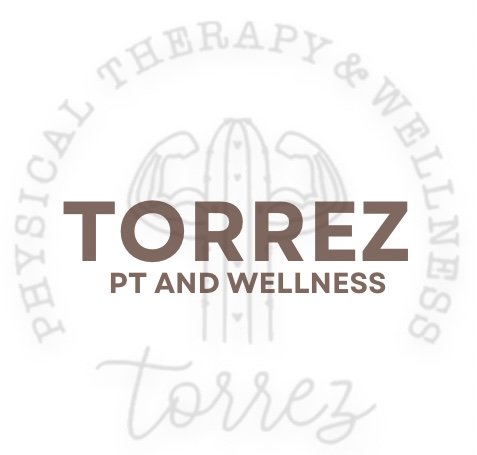Knee Pain with Squatting
It’s fairly common for people to come to therapy with complaints of knee pain or a new onset of knee pain while doing their daily workouts. Most notably people notice the knee pain whenever they are doing some sort of a squatting or lunging movement. There are several factors that could play into knee pain, assuming there hasn’t been any sort of traumatic injury.
Squatting is a multi segmental movement, meaning it requires the hip, knee and ankle joints all to be working in unison. Often times there’s a mobility deficit above and or below the knee that is likely contributing to your knee pain.
When you break down the movements of a squat that most people are familiar with, it includes hip flexion and extension, knee flexion and extension, and ankle dorsiflexion. Deficits with any of these movements cause pain in hip, low back, and feet. Today we’re focusing common causes of knee pain.
Research shows patella femoral pain has a direct link to ankle foot mobility. In healthy ankles, you should be able to translate your knee around 5 inches passed your toes without having your heel coming off the ground. If your ankles can’t translate forward during a squat, the force then moves directly to the knees. As with all movements, when a joint cannot fully move through its entire range of motion, our bodies will find a way to perform that movement be compensating elsewhere. In this case it is the knee joints taking on the additional force of the movement. Overtime it can cause wear and tear and begin to take a toll on your joint. Performing ankle joint mobilizations can keep your ankles nice and mobile.
Now an issue I’ve personally had to deal from an early childhood knee injury and one that is often overlooked is quadricep tightness. During the downward phase of a squat your quadriceps are tensioned. If this is tight it can cause tracking issues in your patella. This tracking issue can lead to pain and wear and tear on your knee cap if not corrected. Stretching your quadriceps is the first step in preventing patella tracking issues.
Knee pain can also manifest on the outside of the knee. This is typically do to tightness in your IT band. You can get relief from foam rolling if you focus on the area directly above where the pain is but it typically doesn’t address the underlying cause, which is actually an under active/weak glut medius. Strengthening your glut medius can help reduce lateral knee pain.
Lastly, a movement that’s often overlooked is hip internal rotation. If you are lacking hip internal rotation your body’s natural way of compensating will be to externally rotate your hips and point your feet outward. This causes knees to roll inward as we try to generate power to push to an upright position. This can also wreak havoc on your knees. Working on hip internal rotation stretches can help reduce this.
Now that we know some of the causes of knee pain during squatting, stay tuned for part 2 where I will be discussing specific exercises to help address each of these deficits that may be causing your knee pain.
Yours Truly,
Savannah Torrez, PT, DPT
“If you stay ready, you won’t have to get ready”

